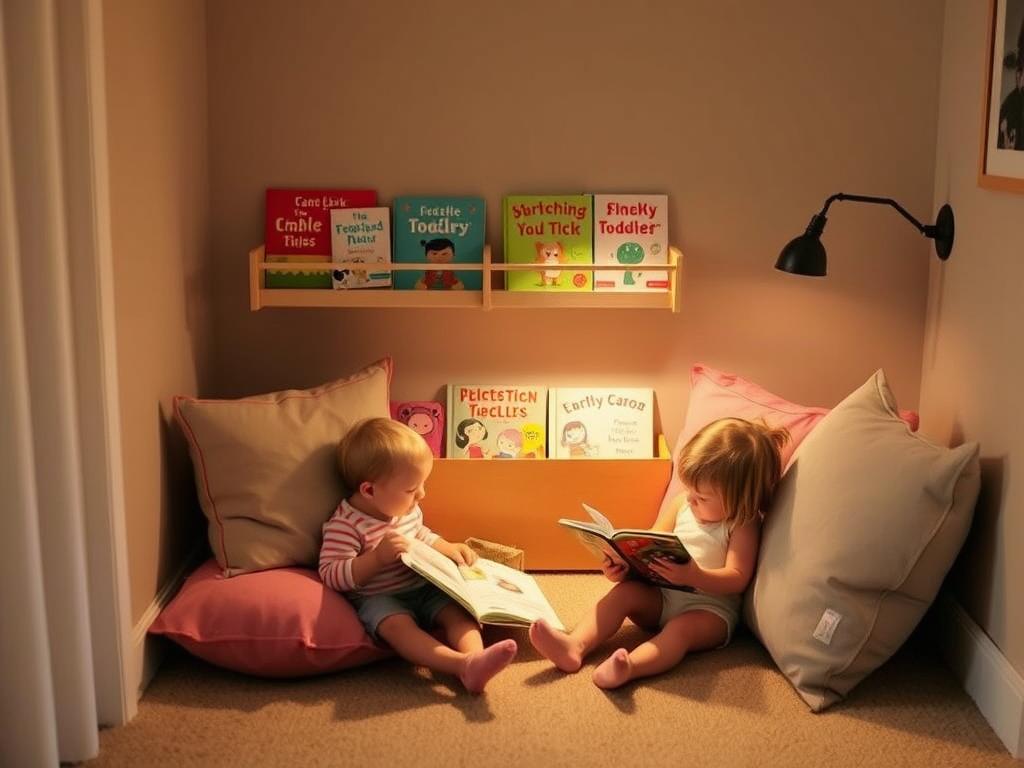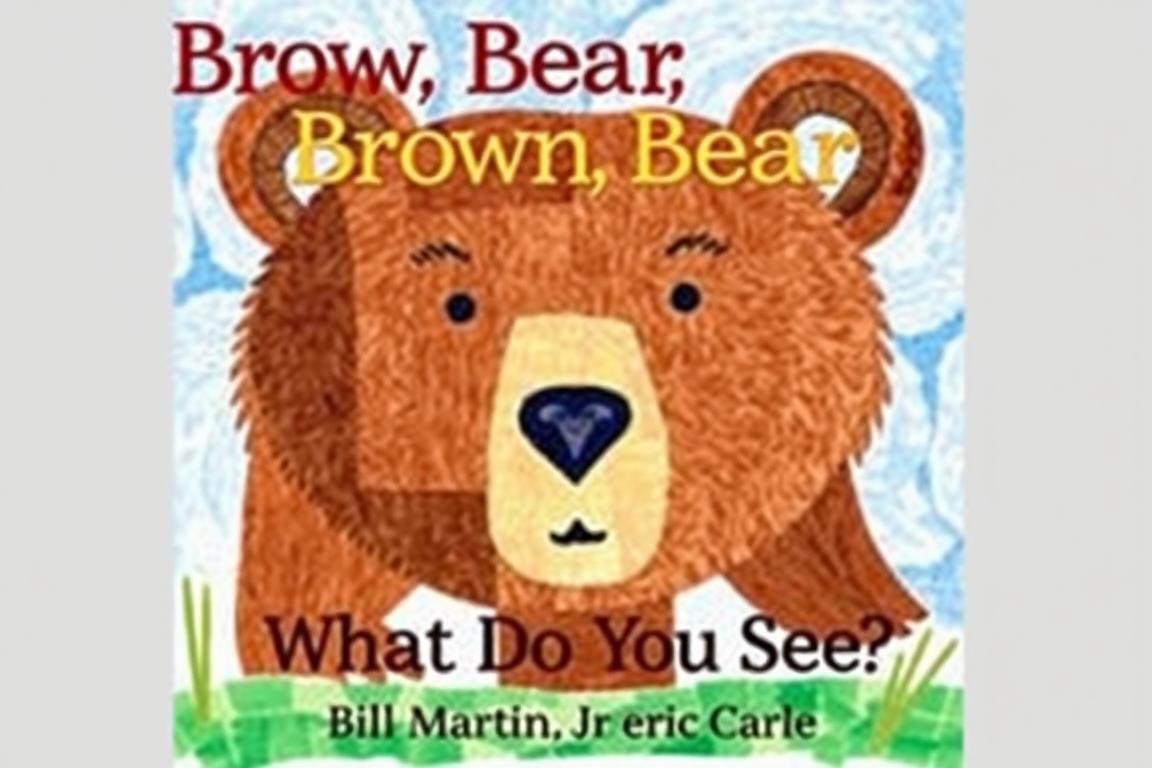10 Engaging Tips for Reading to Toddlers: Foster a Love for Books Early
10 Engaging Tips for Reading to Toddlers: Foster a Love for Books Early
Reading to toddlers is one of the most valuable gifts you can give your child. These early reading experiences build crucial language skills, strengthen your bond, and set the foundation for a lifetime of learning. But as any parent knows, keeping a wiggly toddler engaged with a book can sometimes feel like an impossible task!
Don't worry - with the right approach, reading time can become a cherished daily ritual that both you and your little one look forward to. In this guide, we'll share practical tips for reading to toddlers that transform ordinary books into magical experiences that capture their imagination and nurture their developing minds.

10 Effective Tips for Reading to Toddlers
1. Don't Expect Perfect Stillness
Toddlers are naturally active and wiggly. It's perfectly normal for them to move around, act out parts of the story, or even wander off briefly during reading time. Keep reading even if they seem distracted - they're often still listening! Their bodies may be in motion, but their minds are absorbing the language and story.

2. Create a Cozy Reading Environment
Designate a special reading nook with comfortable pillows, good lighting, and easy access to books. This dedicated space signals to your toddler that it's time for the special activity of reading together. A consistent, comfortable environment helps establish reading as a regular, enjoyable part of your routine.

3. Choose Interactive Books
Toddlers love books with flaps to lift, textures to touch, or buttons that make sounds. These interactive elements keep their hands busy and maintain their interest in the story. Books with mirrors, peek-a-boo features, or finger puppets are especially engaging for this age group.

4. Keep Reading Sessions Short
Toddlers typically have shorter attention spans than older children. Aim for 5-10 minute reading sessions several times throughout the day rather than one long session. Watch for cues that your child is losing interest and be willing to stop before they become frustrated.

5. Use Expressive Voices
Bring stories to life by using different voices for each character, varying your volume, and adding sound effects. Dramatic reading captures attention and helps toddlers connect with the narrative. Don't be shy about being silly - your animated expressions and voices make the story memorable!

6. Ask Open-Ended Questions
Engage your toddler by asking questions about the story. "What do you think will happen next?" or "How do you think the character feels?" Even if they can't answer verbally yet, these questions encourage critical thinking and language development.

7. Connect Books to Real Life
Help your toddler make connections between books and their own experiences. "Look, this character is going to the zoo just like we did last weekend!" These connections make reading more meaningful and help develop comprehension skills.

8. Let Your Toddler Choose
Allow your child to select which books to read. This gives them agency and increases their enthusiasm for reading time. Don't worry if they choose the same book repeatedly - repetition helps toddlers master language patterns and predict what comes next.

9. Make Reading a Daily Routine
Consistency is key for toddlers. Try to read at the same times each day, such as before naps and bedtime. This predictable routine helps toddlers transition to sleep while associating reading with comfort and security.

10. Be a Reading Role Model
Let your toddler see you enjoying books too! When children observe adults reading for pleasure, they're more likely to develop their own love of reading. Set aside time for your own reading and talk enthusiastically about books you enjoy.

Age-Appropriate Reading Strategies for Toddlers
For 12-18 Months
- Choose sturdy board books that can withstand grabbing and chewing
- Focus on books with simple, clear images and minimal text
- Books about familiar objects and daily routines work best
- Point to pictures and name objects to build vocabulary
- Accept brief attention spans and don't force continued reading

For 18-24 Months
- Introduce books with simple stories and clear sequences
- Choose books with repetitive phrases they can begin to anticipate
- Interactive books with flaps, textures, and sounds maintain interest
- Encourage participation by pausing for them to fill in repeated words
- Books about emotions help develop emotional vocabulary

For 24-36 Months
- Introduce longer stories with more complex plots
- Choose books that address toddler experiences like potty training or new siblings
- Ask more detailed questions about the story and illustrations
- Encourage prediction by asking "What happens next?"
- Begin pointing out letters and the sounds they make

5 Ways to Make Reading Interactive for Toddlers

1. Encourage Page Turning
Let your toddler be in charge of turning the pages. This simple task gives them an active role in the reading process and helps develop fine motor skills. Be patient if they want to turn back to favorite pages or skip ahead - following their lead keeps them engaged.
2. Act Out the Story
Use simple props or stuffed animals to act out parts of the story. Encourage your toddler to make animal sounds, mimic character actions, or use gestures that match the narrative. This physical engagement helps reinforce comprehension and makes reading a multi-sensory experience.
3. Play "I Spy" With Illustrations
Turn reading into a game by asking your toddler to find specific items in the illustrations. "Can you find the red ball?" or "Where is the cat hiding?" This activity builds vocabulary and visual discrimination skills while maintaining interest in the book.
4. Create Sound Effects
Add sound effects that match the story - animal noises, vehicle sounds, weather effects, or emotional expressions. Invite your toddler to join in making these sounds. This auditory dimension makes the story more memorable and helps develop phonological awareness.
5. Personalize the Story
Insert your child's name into the story or relate events to their own experiences. "This character is going to the park, just like we did yesterday!" These personal connections make reading more relevant and engaging for toddlers.
Quick Tip:
Don't worry about reading every word exactly as written. For toddlers, it's perfectly fine to summarize text, skip parts, or elaborate based on what captures their interest in the moment.
10 Toddler-Friendly Books to Add to Your Collection
Library Tip:
Before investing in books, visit your local library to "test drive" different titles with your toddler. Most libraries offer regular toddler story times where you can also learn new reading techniques from children's librarians.
Creating Lifelong Readers Through Early Experiences
Reading to toddlers isn't just about the books themselves—it's about creating positive associations with reading that will last a lifetime. When you make reading time fun, interactive, and consistent, you're laying the foundation for strong literacy skills and a genuine love of books.
Remember that toddlers learn through repetition, so don't be discouraged if your reading sessions don't always go as planned or if your child wants the same book over and over again. Each reading experience builds neural connections and language pathways in your child's developing brain.
Most importantly, enjoy these precious moments together. The warmth and connection you share during reading time creates memories that will stay with your child long after they've outgrown their favorite toddler books.
Ready to Make Reading a Daily Highlight?
Download our free "Toddler Reading Checklist" with daily reading activities, book recommendations by age, and a reading log to track your progress. Start building your toddler's literacy skills today!
Download Free Reading Checklist"Children are made readers on the laps of their parents."








